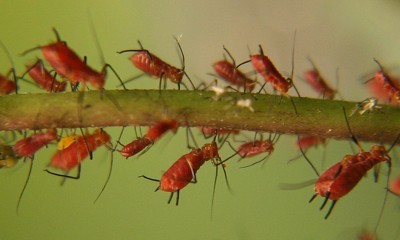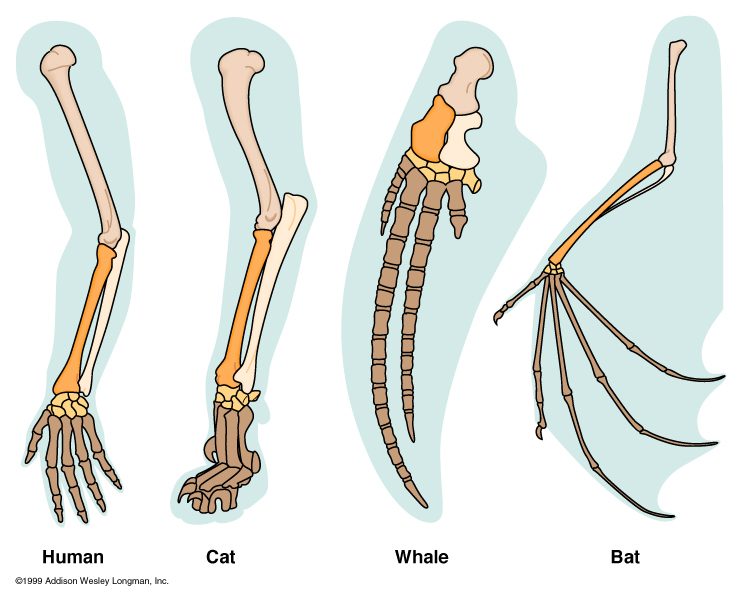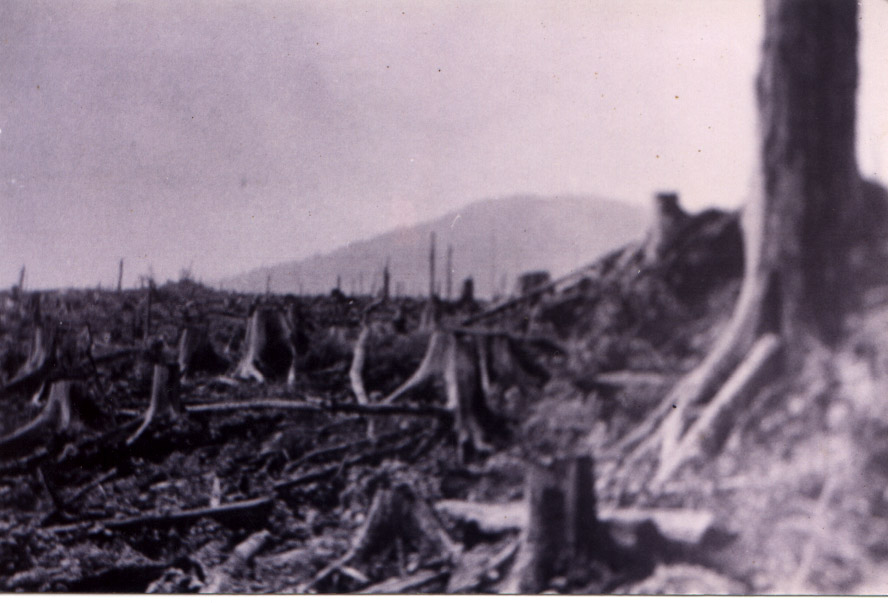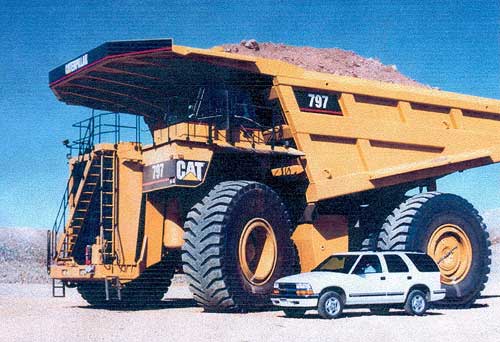Are there any future lawyers in class?
Tuesday, May 13, 2008
MUTO a wall-painted animation by BLU
Some of you wanted to be animators. Well, here is an example of something you can start playing with that will teach you some skills.
You want to become the best?
Keep on practicing!
Another small artist
You want to be an artist?
Start practicing, there is plenty of options: sculpture, painting, dance, music...
Marla Olmstead: Small artist
The earlier you start learning what you want to do, the easier it gets to be really good at it.
It could be your first job!
Friday, May 9, 2008
Robots!!!
Remember what is the job of an engineer?
Well, guess who is in charge of building and fixing these robots!
(Engineers fix and build things, for example: robots, bridges, cars, etc. Engineers usually go to school for at least 6 years, but you see, once you find what you like, you will never stop learning about it!!!)
Monday, April 21, 2008
Thursday, April 17, 2008
Friday, April 4, 2008
Aphids: Plant vampires?
Aphids are many times plant pests. What is a pest?
Ask in class.
Aphids can have several colors. They can be green, red, black, white, etc. What color are the aphids we saw last time?

Ladybugs eat aphids. They are able to track them down and hunt them. Here is a picture of a ladybug eating one of them.

Monday, March 24, 2008
Friday, March 21, 2008
More Adaptations
For example, you can randomly pick a new pair of tires for your bicycle, OR you can adapt it to a mountain environment. Then, what kind of tires would you pick?
Now, let's look at these structures, they look very alike, right? Why is that?
Count how many bones are there?
It is the same number, isn't it? Only the shape and disposition of the bones has changed.
Such changes, despite being random, bring at least one advantage to the animals that carry them.
For example, if you lived in the ocean would you need legs?
Compare the bones of the whale "arm" with those of the rest of animals in this graph.
Although they are organized in a basic and very similar way, they are not identical.

What looks like the best limb if you want to run?
What about flying??
When animal structures look very alike but they are not quite the same, these structures are referred as homologies.
Homologous structures are structures that have a similar origin (they come from very similar processes), but still are not quite the same. Evolution refers to the adaptations in these structures and how they bring certain advantages to the animals that change.

Look how the babies of different animals develop. Do you think they look quite similar during their very early ages?
Now, try to draw these bone structures.

Adaptations
Remember, changes can be generated randomly (without control), but an adaptation must make things better for the plant or for the animal that is changing.
Check the adaptations of these animals. They live in a desert environment.
What is the environment?
What do you think these animals will need to survive under such extreme conditions?

|
|

Tuesday, March 18, 2008
Sunday, March 16, 2008
Human Evolution

One of the theories about the origin of our species refers to the constant adaptation of our bodies and minds to and ever-changing environments.

For example:
Look carefully the similarities of the human hand with other monkey hands:

Where do humans come from?
Is it minerals?
The Earth?
This video explains one of the theories about the origins of our human species.
Thursday, February 28, 2008
Consumption
Now we go to the store an buy stuff; for that we need money or a credit card. We need a job if we want to make that money.
Money makes consumption possible and currently drives the economy of the United States.
You buy what you want, but do you need what you buy?
Distribution
Once products are manufactured at factories, these products must be distributed to the stores where you can find them.
Products move between factories and stores through trains, trucks and ships. Imagine all the gas that is used to move these things around.
From the factories to the ship:

From the ship to the train.

From the train to the truck.

Have you seen any of these happening around you?
Production: Work must me done by people or machines
To make the stuff we use work must be done by people or machines.
Monday, February 25, 2008
Production: "Made in China"
An important ingredient when fabricating the stuff we use everyday is work. Work must be done by people or machines.
Map of the world: Where does stuff come from?

Try to find in this map:
Where was the class VCR made at?
Where were your shoes made at?
Which countries have we been hearing about in class and through our class videos?
Extraction: The consequences of mining
Mines can contribute with water and air pollution.
Extraction Limitations
Forests not only provide with wood. They are home to people and many different species of animals, when forests are gone, so are the many different living communities they house.
What kind of animals live in trees?
Monkeys, squirrels, ants, bats, etc, etc, etc.
Trees also provide us with shade and weather stabilization. Trees prevent erosion too.Erosion is the lost of fertile or productive soil.
Extraction limits deforestation


How long does a tree take to grow?
How long do we take to cut it down?
What is the problem here?
Trees
Reforestation: When trees are gone we lose not only the oxygen they provide us with, but also all other services.
Trees provide us with shadow, weather stabilization, and they are also home for birds, monkeys, bats, ants, etc.
You can volunteer any day of the week planting trees in Oakland with:
Urban ReleafOakland Office
Urban Releaf
835 57th Street
Oakland, CA 94608
http://www.urbanreleaf.org/index.html
Thursday, February 21, 2008
Extraction: Minerals come from mines



Sometimes mining means digging huge holes in the ground to access the minerals.
How big do you think this mine is?
Tuesday, February 12, 2008
Friday, February 8, 2008
Digestion of protein, fats and carbohydrates
Try to find where every kind of food gets processed within your own body.



Blog Archive
-
▼
2008
(63)
-
►
February
(28)
- Consumption
- Consumption
- Distribution
- Production
- Production: Work must me done by people or machines
- Production: "Made in China"
- Map of the world: Where does stuff come from?
- Extraction: The consequences of mining
- Extraction Limitations
- Extraction limits deforestation
- The living forest
- Trees
- Extraction: Plastic
- Extraction: Glass comes from sand
- Extraction: Rubber Plant in Thailand
- Extraction: Wood comes from trees
- Extraction: Minerals come from mines
- The Story of Stuff - Ch.1: Introduction
- The Story of Stuff - Ch.2: Extraction
- The Story of Stuff - Ch.3: Production
- The Story of Stuff - Ch.4: Distribution
- The Story of Stuff - Ch.5: Consumption
- The Story of Stuff - Ch.6: Disposal
- The Story of Stuff - Ch.7: Another Way
- Backwards Hamburger
- Digestion Video
- Digestion: step by step
- Digestion of protein, fats and carbohydrates
-
►
February
(28)

